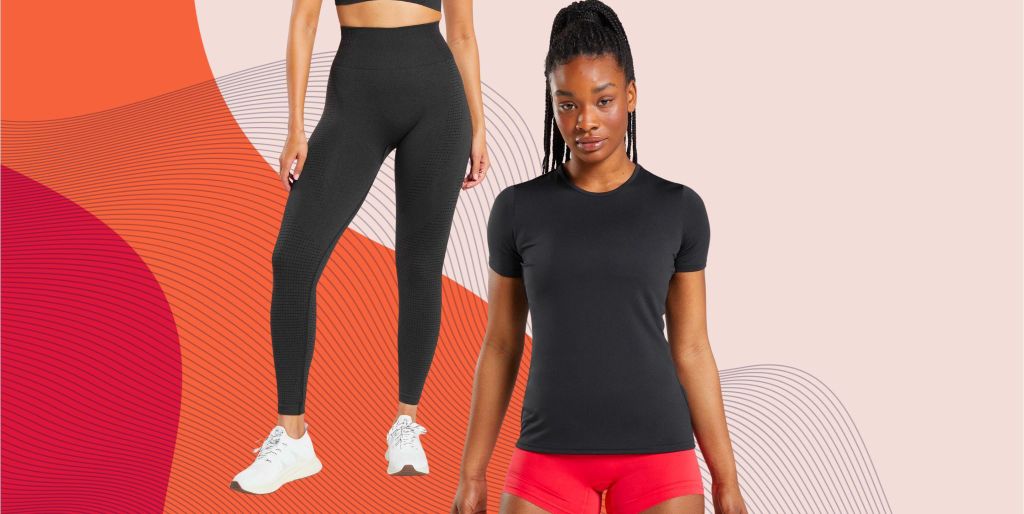
The global apparel industry is facing significant changes in 2025 with the introduction of new tariffs, particularly affecting activewear, gym wear, and fitness apparel. For brands sourcing from a workout clothes supplier, these changes could mean higher costs, supply chain disruptions, and tighter profit margins.
This comprehensive guide will help apparel brands navigate the 2025 tariff changes, optimize their supply chains, and implement strategies to remain competitive. Whether you work with a sportswear manufacturer, a custom activewear supplier, or a wholesale gym wear factory, these insights will ensure your business stays ahead.
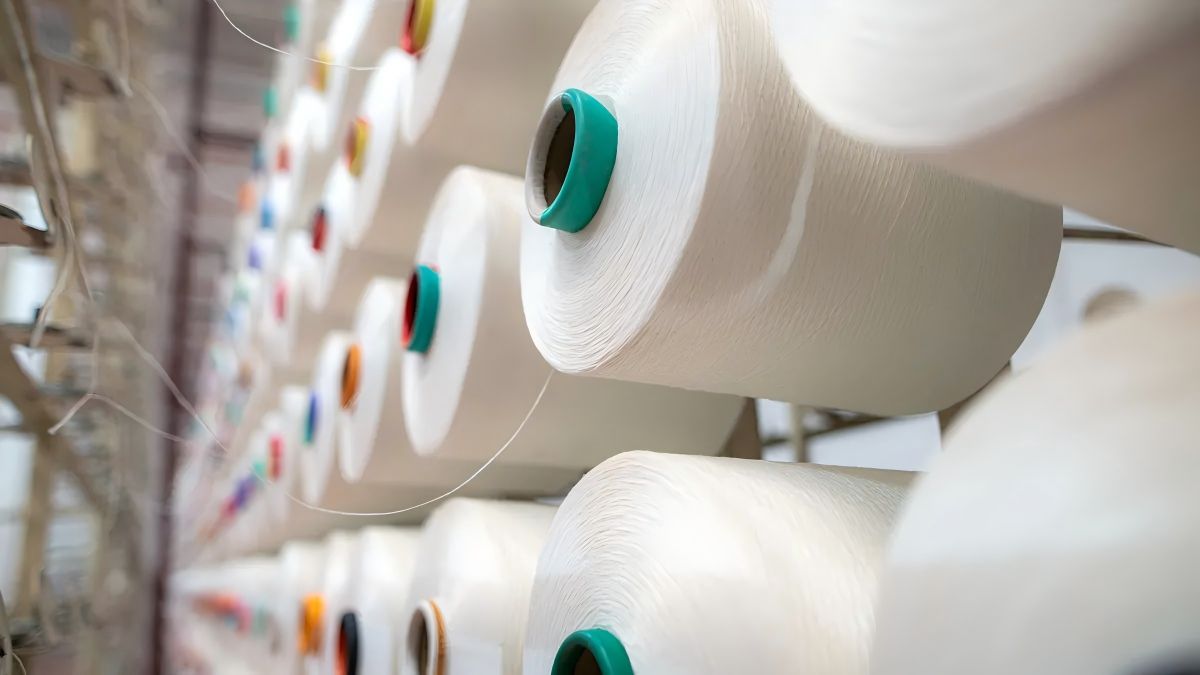
*Higher import duties on synthetic fabrics (polyester, spandex, nylon) used in workout clothes.
*Increased tariffs on finished activewear, including leggings, sports bras, and performance tops.
*Country-specific adjustments, particularly affecting imports from China, Vietnam, and Bangladesh—key hubs for sportswear manufacturing.
*Increased production costs from your workout clothes supplier, leading to higher wholesale prices.
*Supply chain delays if shifting manufacturing bases to avoid tariffs.
*Reduced profit margins unless pricing strategies are adjusted.

*Are you reliant on a single workout clothes manufacturer in a high-tariff country?
*Do you have flexibility to shift production if needed?
*Compare landed costs (including tariffs) from different suppliers.
*Evaluate near-shoring vs. offshoring options for activewear production.
*Renegotiate terms with your workout clothes supplier to lock in pricing before hikes.
*Explore multi-country sourcing to mitigate risk.
If you currently source from China, consider Vietnam or Bangladesh workout clothes suppliers, which may have lower tariff exposure.
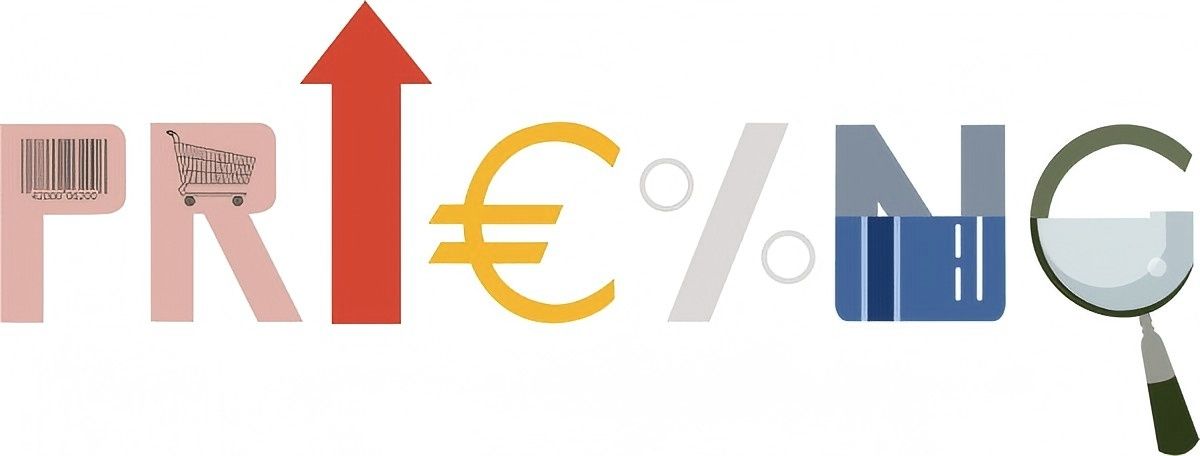
*Absorb partial costs to remain competitive while slightly increasing retail prices.
*Bundle products (e.g., matching sets) to maintain perceived value.
*Introduce premium lines (eco-friendly fabrics, limited editions) to justify higher prices.
*Reduce excess stock to avoid overpaying on tariffs for unsold goods.
*Implement just-in-time (JIT) manufacturing with a responsive activewear supplier.
*Explain price adjustments due to "global trade changes" rather than arbitrary hikes.
*Highlight value-added benefits (better quality, sustainable materials).
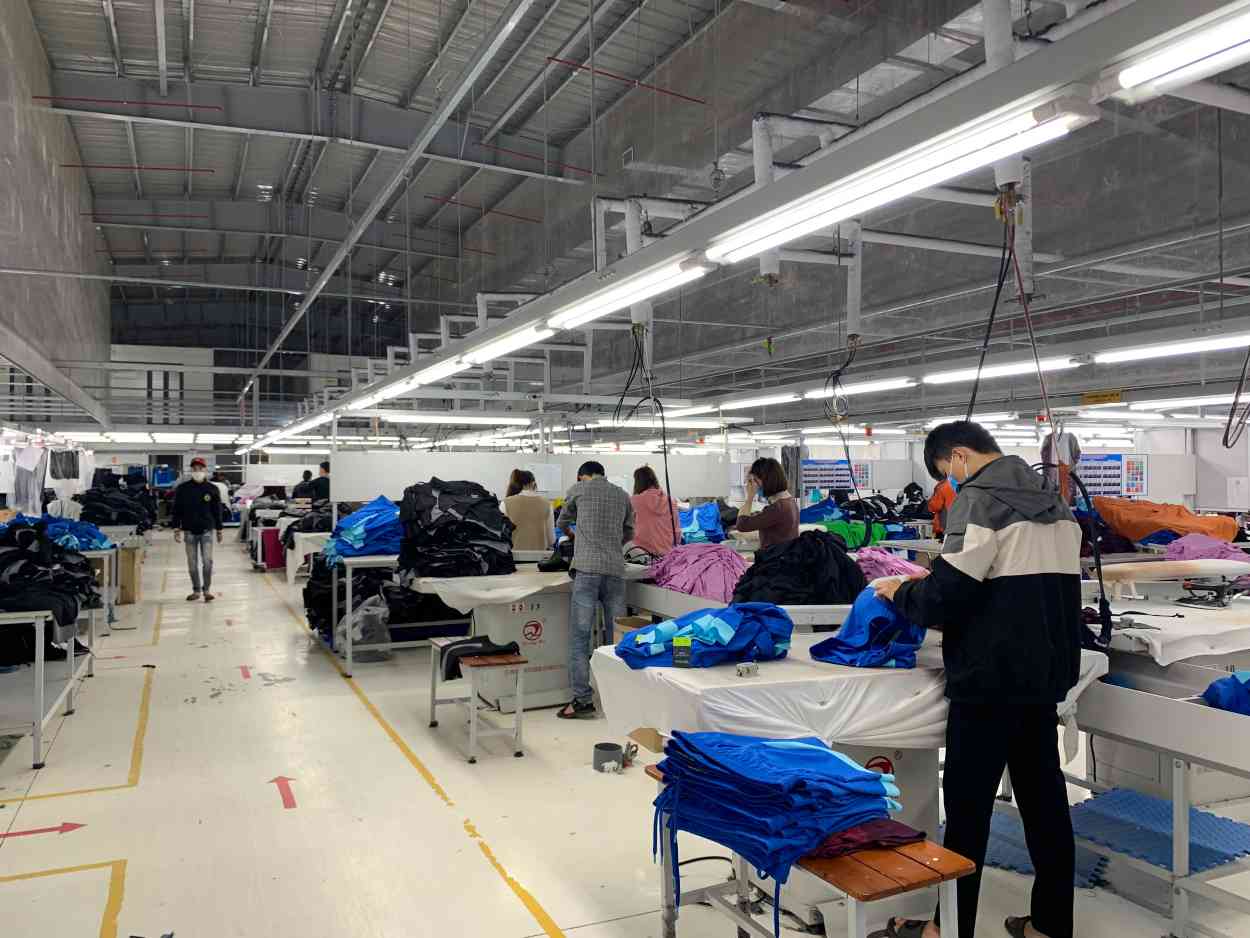
Nearshoring (Mexico, Turkey, Eastern Europe) → Faster shipping, lower duties.
Offshoring (Vietnam, India, Indonesia) → Lower labor costs, but monitor tariff policies.
USMCA (U.S., Mexico, Canada) – Duty-free benefits for North American production.
ASEAN countries – Preferential tariffs for imports from Vietnam, Cambodia.
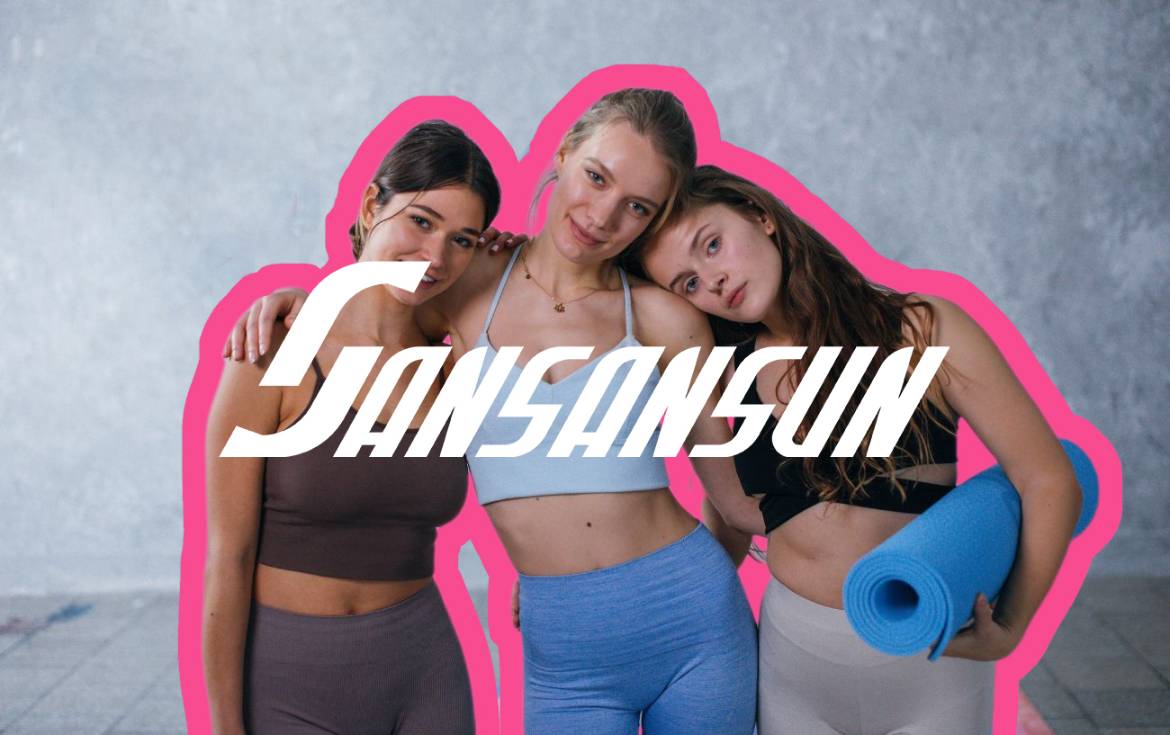
*Recycled polyester, organic cotton, and biodegradable fabrics often have lower tariffs.
*Innovative textiles (moisture-wicking, UV-protective) justify premium pricing.
*Partner with workout clothes manufacturers for R&D on cost-efficient materials.
*Secure long-term contracts to stabilize pricing.
*Reduce reliance on wholesale markups by selling via e-commerce.
*Use subscription models (monthly activewear drops) for predictable revenue.
The 2025 tariff changes present challenges, but proactive brands can turn them into opportunities. By diversifying suppliers, optimizing pricing, leveraging technology, and investing in sustainable production, your activewear brand can thrive despite rising costs.
Need a reliable workout clothes supplier post-2025 tariffs? Contact with us for flexible, cost-effective manufacturing solutions!
